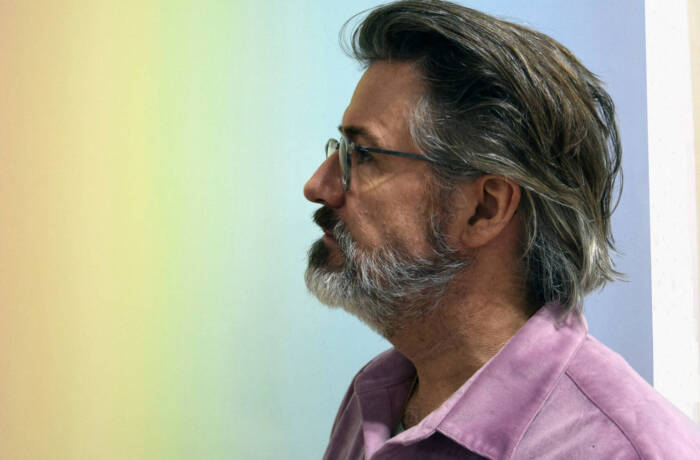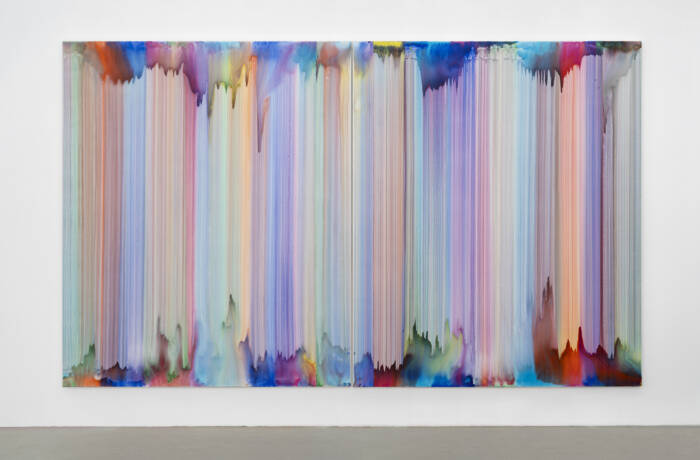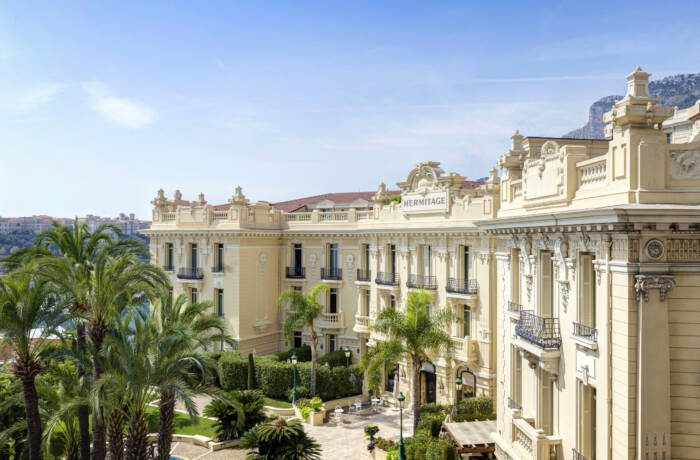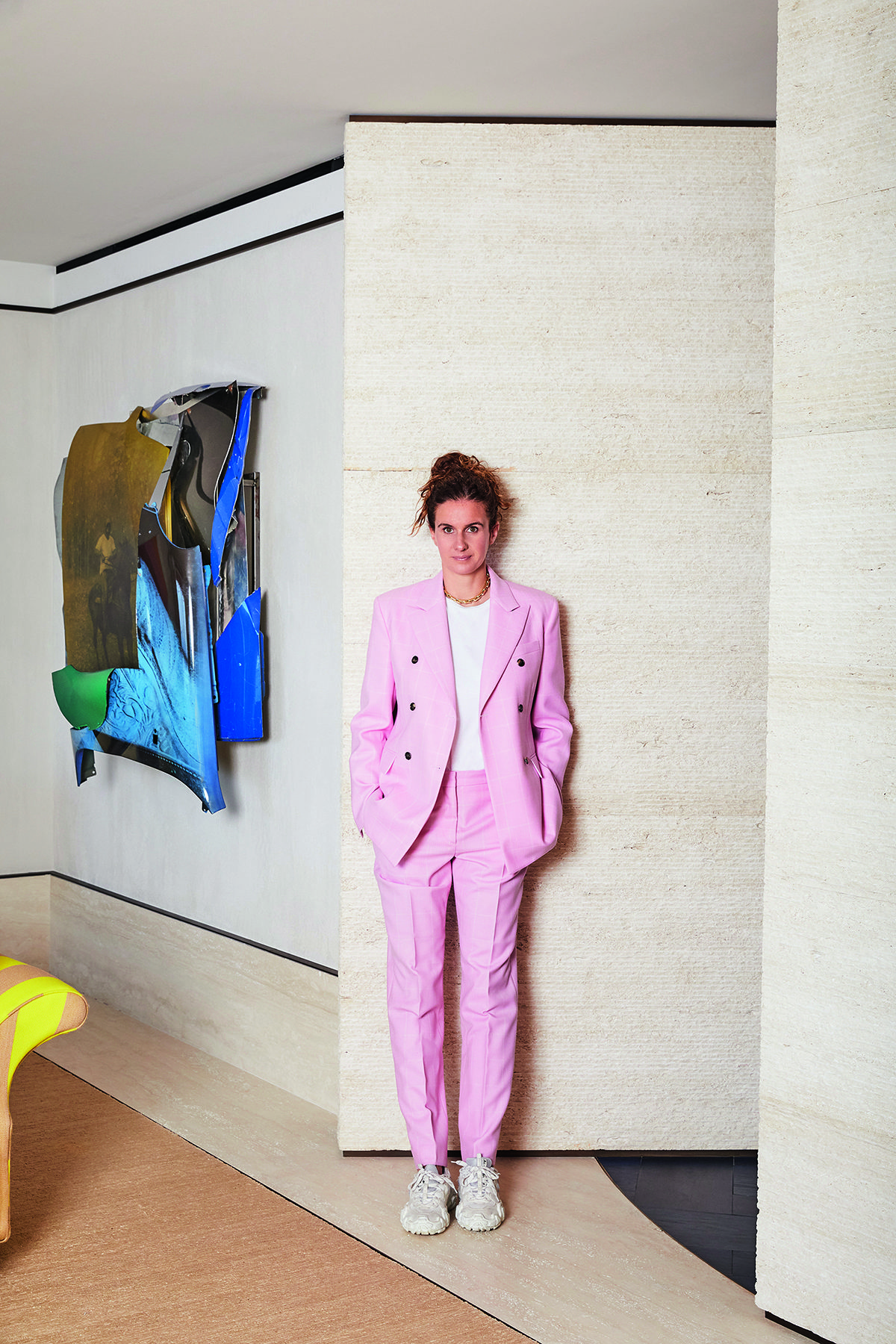
Emilie Pastor © Kate Martin.
Emilie Pastor is a scion of the Monaco real estate and art collecting dynasty; Sibylle Rochat works with her as art advisor. Here, they speak to Samantha Welsh about their unique style of spotting and supporting artists
Emilie Pastor was born into art. She is a scion of Monaco’s renowned real estate family, and her father Michel Pastor was one of the most significant European art collectors of the 20th century. Emilie has teamed up with London-based art advisor Sybille Rochat, herself a significant figure on the collecting and consulting scene, to found the philanthropic organisation Concrete Projects. Pastor and Rochat are supporting emerging talent by providing financial and logistical support and expertise, and catalysing some exciting new collaborations with the music scene.
LUX: What made you want to engage in the art world together?
Sibylle Rochat: We started to see how, because of commercial pressures, everything was looking the same. It’s always the same artists represented by these mega-galleries that can produce big shows for a museum. We realised that a lot of young and mid-career artists were talking about projects that were impossible because of a lack of funding. The art world needs new voices, new ideas, new concepts.
Emilie Pastor: I wanted to give back and to make sure that creativity would go on, that it would not become too business oriented. That’s why it challenges us, to know that we are able to give this little bit extra, to have exhibitions that couldn’t be realised without us.
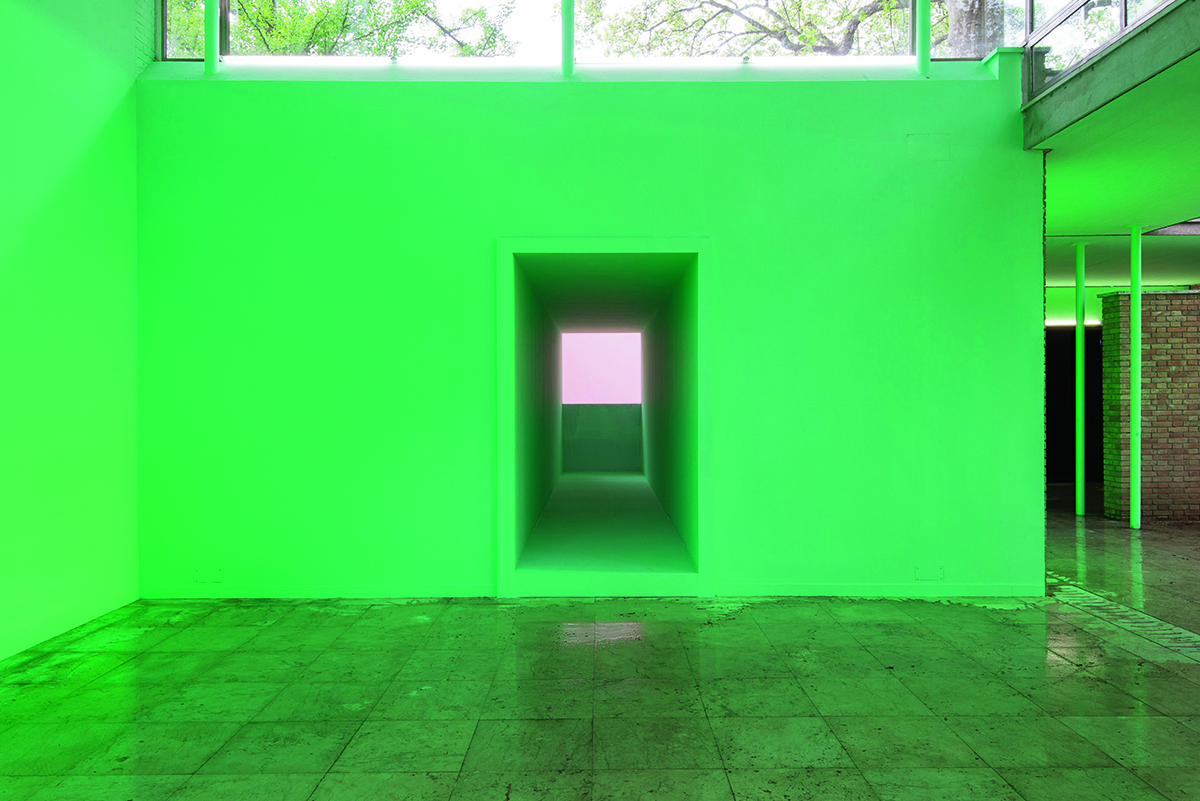
Concrete Projects supported Our Product, an exhibition by Pamela Rosenkranz at the Swiss Pavilion, Venice Biennale, 2015. Image by Marc Asekhame.
LUX: The two things you offer are financial and technical support. How does that work?
Sibylle Rochat: When there’s a big project that we want to participate in, it’s quite challenging financially for galleries because they always need private support, especially with all the cutbacks in the culture sector. But what we offer is never big, big financial support. Rather, we’ll pay the technician, or for the water for the swimming pool, or the painting. For technical support, we have a solid network of art technicians and art handlers – very specialised craftspeople.
Emilie Pastor: For sustainability, we will try to have local support, too. That’s important for us.
Sibylle Rochat: Yes, we try to never fly anyone in for a project. We’re very careful about our carbon footprint. It’s good to source locally, for the community around the museum, for the artists to know the city, and so forth.
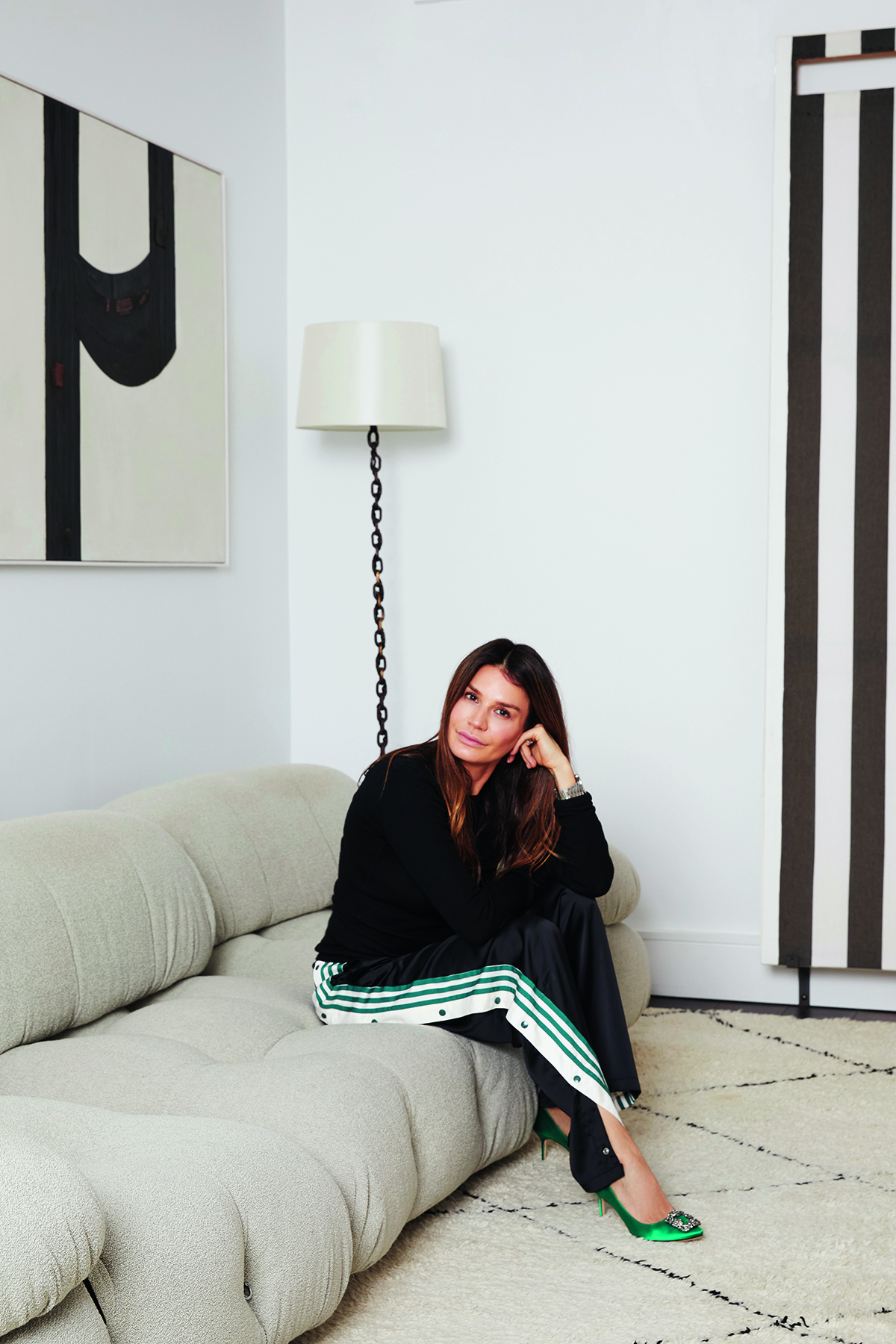
Sibylle Rochat © Kate Martin.
LUX: You also support Chisenhale Gallery.
Sibylle Rochat: I really like Chisenhale’s programme – the work they do and the space they give to new voices. They have an amazing track record in terms of artists. They’ve been showing Lynette Yiadom-Boakye since very early on, as well as Camille Henrot, Caragh Thuring and other young artists. We supported the work of Hannah Black there – she’s a very political artist who’s leading challenging conversations about change.
LUX: What does it take for a work to resonate with you?
Emilie Pastor: I need to feel something. I need to understand it, to see if it makes sense in my collection, if it’s coherent. I think about my children when I add to my collection – it’s a kind of legacy. I want to leave them something that has a meaning, that tells them something about the time they grew up in.
Sibylle Rochat: Kids only ever know them as parents. Art allows children to see and know their parents better.

CAT’S PAW by Abbas Akhavan was also supported by Concrete Projects at Chisenhale Gallery, London in 2021. Courtesy of the artist. Photo by Ali Sadeghian
LUX: What projects do you have coming up?
Sibylle Rochat: We noticed the strong rap scene – grime especially – in places in south London like Peckham. Some of the musicians were looking at contemporary art for their album covers, but there was no bridge. So we decided that it would be good to put the two together to create an art video and track. (Think about Kanye West, who asked Louise Bourgeois to do his album cover.) We expose them to another scene. It’s an opportunity for both sides to find another world and be enriched by that. What I see is these young kids creating songs which resonate with video artists today. They need to do something together!
Find out more: concreteprojects.co.uk
This article was originally published in the Autumn/Winter 2021 issue.

